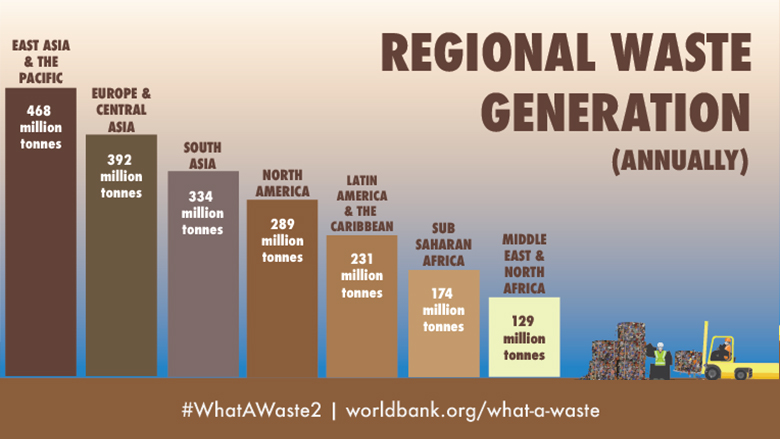Waste management and production is a key point that numerous environmental issues articles highlight. Dramatic pictures of refuse-choked waterways and giant floating patches of oceanic waste have highlighted the dangers of improperly disposed plastic. Similarly, electronic waste represents both an environmental danger and a missed opportunity given the inherent value of computers, peripherals, cellular phones, and other electronics that get tossed rather than recycled. In fact, the EPA states that only about one-quarter of all e-waste gets recycled.
And then there’s the challenge of food waste. Not only do consumers in developed countries throw away large amounts of food due to its appearance, but substantial losses also occur early on in the growth cycle. The Journal of Agricultural Science notes that “among crops, the total global potential loss due to pests varied from about 50% in wheat to more than 80% in cotton production. The responses are estimated as losses of 26–29% for soybean, wheat and cotton, and 31, 37 and 40% for maize, rice and potatoes, respectively.” The need for environmentally friendly pest-remediation measures is more important than ever to avoid further stressing the planet.





